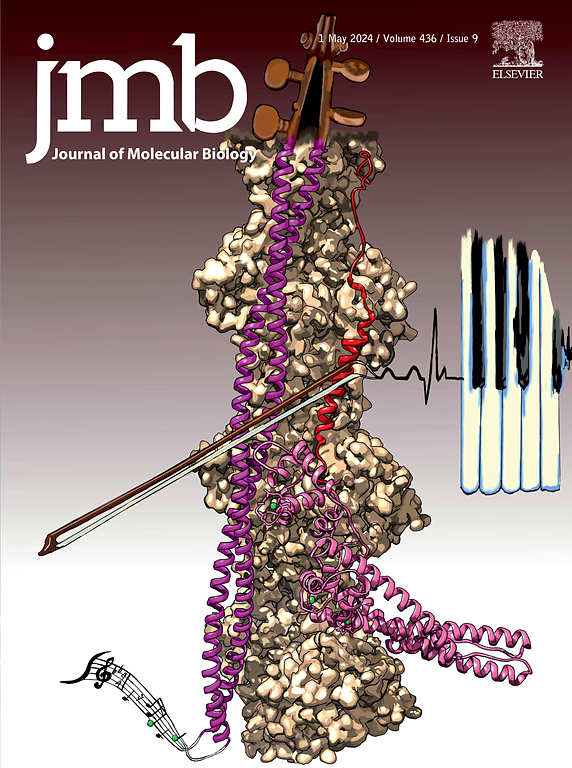DOGpred: A Novel Deep Learning Framework for Accurate Identification of Human O-linked Threonine Glycosylation Sites
IF 4.7
2区 生物学
Q1 BIOCHEMISTRY & MOLECULAR BIOLOGY
引用次数: 0
Abstract
O-linked glycosylation is a crucial post-translational modification that regulates protein function and biological processes. Dysregulation of this process is associated with various diseases, underscoring the need to accurately identify O-linked glycosylation sites on proteins. Current experimental methods for identifying O-linked threonine glycosylation (OTG) sites are often complex and costly. Consequently, developing computational tools that predict these sites based on protein features is crucial. Such tools can complement experimental approaches, enhancing our understanding of the role of OTG dysregulation in diseases and uncovering potential therapeutic targets. In this study, we developed DOGpred, a deep learning-based predictor for precisely identifying human OTGs using high-latent feature representations. Initially, we extracted nine different conventional feature descriptors (CFDs) and nine pre-trained protein language model (PLM)-based embeddings. Notably, each feature was encoded as a 2D tensor, capturing both the sequential and inherent feature characteristics. Subsequently, we designed a stacked convolutional neural network (CNN) module to learn spatial feature representations from CFDs and a stacked recurrent neural network (RNN) module to learn temporal feature representations from PLM-based embeddings. These features were integrated using attention-based fusion mechanisms to generate high-level feature representations for final classification. Ablation analysis and independent tests demonstrated that the optimal model (DOGpred), employing a stacked 1D CNN and a stacked attention-based RNN modules with cross-attention feature fusion, achieved the best performance on the training dataset and significantly outperformed machine learning-based single-feature models and state-of-the-art methods on independent datasets. Furthermore, DOGpred is publicly available at https://github.com/JeonRPM/DOGpred/ for free access and usage.

求助全文
约1分钟内获得全文
求助全文
来源期刊

Journal of Molecular Biology
生物-生化与分子生物学
CiteScore
11.30
自引率
1.80%
发文量
412
审稿时长
28 days
期刊介绍:
Journal of Molecular Biology (JMB) provides high quality, comprehensive and broad coverage in all areas of molecular biology. The journal publishes original scientific research papers that provide mechanistic and functional insights and report a significant advance to the field. The journal encourages the submission of multidisciplinary studies that use complementary experimental and computational approaches to address challenging biological questions.
Research areas include but are not limited to: Biomolecular interactions, signaling networks, systems biology; Cell cycle, cell growth, cell differentiation; Cell death, autophagy; Cell signaling and regulation; Chemical biology; Computational biology, in combination with experimental studies; DNA replication, repair, and recombination; Development, regenerative biology, mechanistic and functional studies of stem cells; Epigenetics, chromatin structure and function; Gene expression; Membrane processes, cell surface proteins and cell-cell interactions; Methodological advances, both experimental and theoretical, including databases; Microbiology, virology, and interactions with the host or environment; Microbiota mechanistic and functional studies; Nuclear organization; Post-translational modifications, proteomics; Processing and function of biologically important macromolecules and complexes; Molecular basis of disease; RNA processing, structure and functions of non-coding RNAs, transcription; Sorting, spatiotemporal organization, trafficking; Structural biology; Synthetic biology; Translation, protein folding, chaperones, protein degradation and quality control.
 求助内容:
求助内容: 应助结果提醒方式:
应助结果提醒方式:


